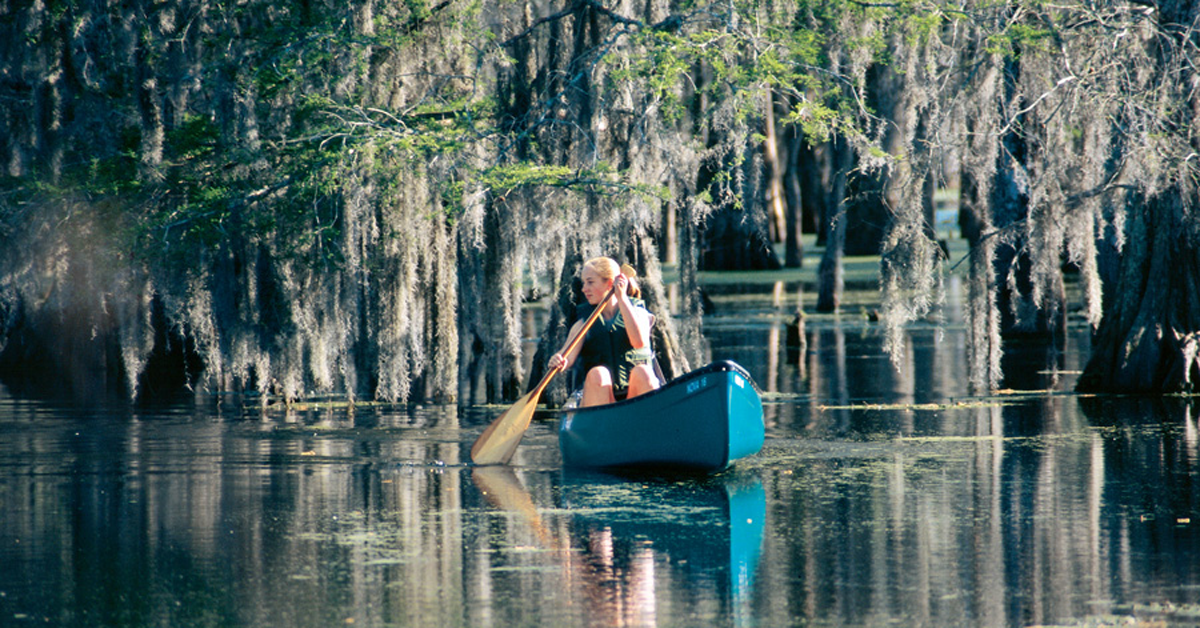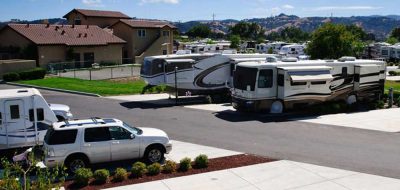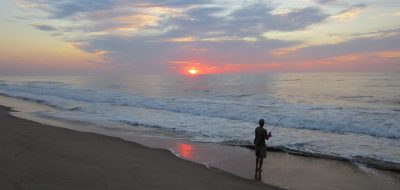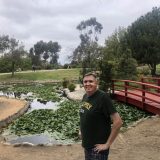The Atchafalaya Basin is the nation’s largest river swamp, containing almost one million acres of the nation’s most significant bottomland hardwoods, swamps and bayous. The Cajun Coast has many options to explore this vast wilderness, including nine sites recently named to The Atchafalaya Water Heritage Trail. These sites include some only available by boat, rich historic landmarks, and the beauty National Geographic Traveler noted as “hauntingly beautiful land.”
- East Cote Blanche Bay – Rich bays and marshes like East Cote Blanche Bay are important for Louisiana’s coastal fisheries and the state’s seafood industry.
- Lake Palourde – The word palourde is French for “clam,” an important food source for early settlers to the area. The lake, near Morgan City, covers 11,520 acres.
- Atchafalaya River at Morgan City – After the Mississippi River Flood of 1927, levees were built to minimize flooding in populated areas. The current 21-foot-wall was built after the Flood of 1973 with a walkway on top to give visitors a bird’s eye view of the river and traffic.
- Atchafalaya River at the Mr. Charlie Oil Rig – Offshore oil drilling off the coast of Morgan City had many challenges in transporting materials down the Atchafalaya River. Eventually Alden J. “Doc” LaBorde created a movable, submersible barge capable of carrying everything needed for drilling and traveling to any location in the Gulf. Charlie was the first rig of its kind.
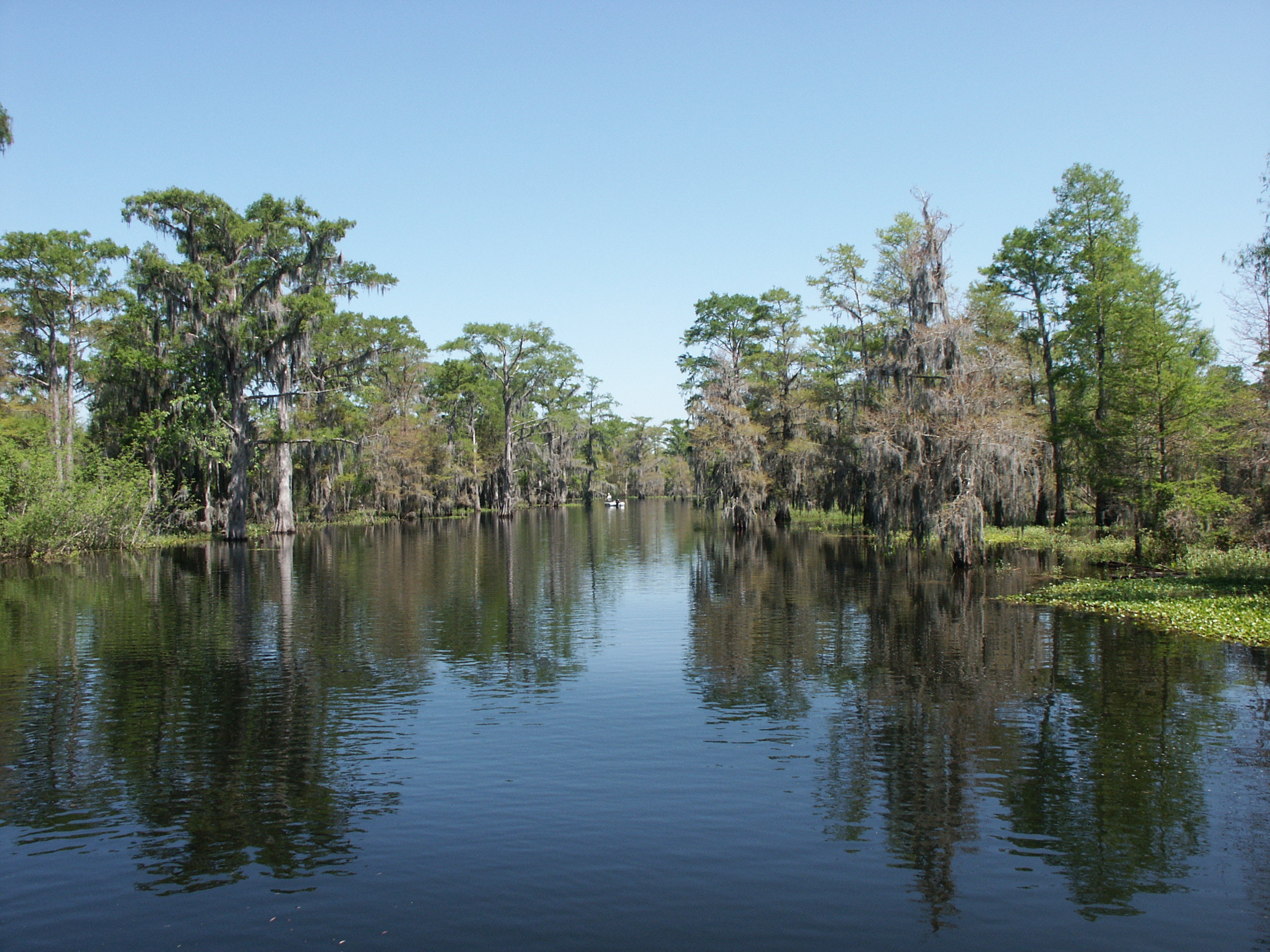
- Bayou Teche at Sovereign Nation of the Chitimacha – The Chitimacha Tribe settled along the lower Teche in approximately 500 A.D. and built permanent villages using trees, rivercane stalks and palmetto leaves native to the area. They used the bayou as a major trade network and built several mounds along its banks. It is believed that, at the time of European contact, the Chitimacha Tribe’s population approached 20,000 people.
- Cypress Swamp at Wedell-Williams Aviation & Cypress Sawmill Museum – Bald cypress trees and swamps are iconic symbols of south Louisiana. The old-growth trees were harvested from swamps and bayous to provide what many thought were limitless amounts of construction materials. Today, bald cypress trees are protected in Louisiana, but only a few scattered old-growth stands remain. Most of what we see are second-growth stands, less than a century old, but still a vital part of the area ecosystem.
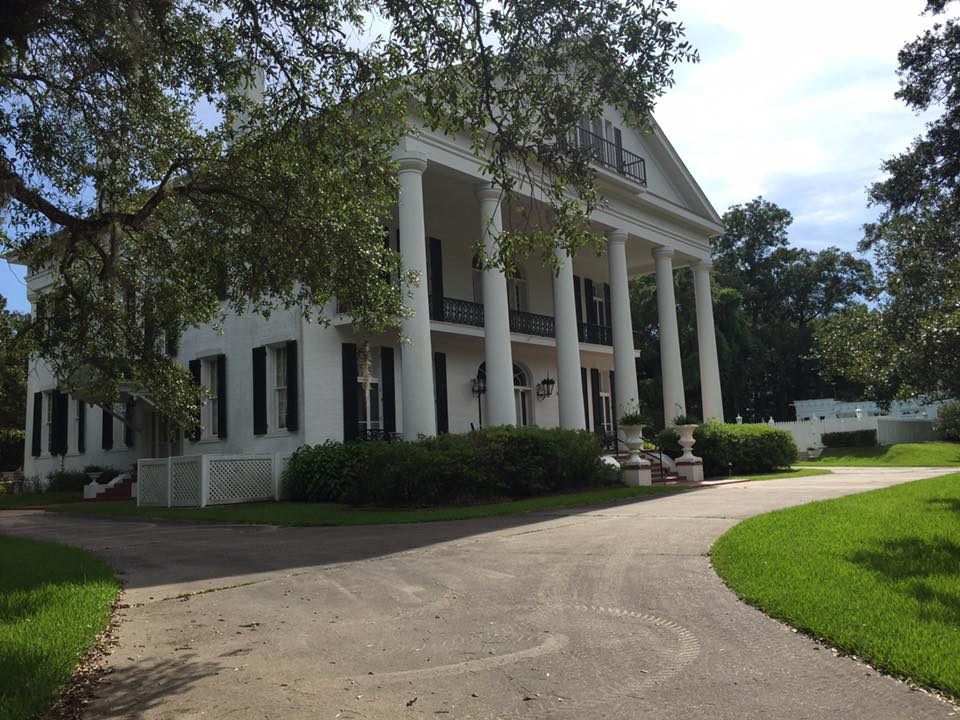
- Bayou Teche at Franklin Historic District– Throughout the 1800s, the 125-mile Bayou Teche was the main transportation route through this region. Its banks attracted settlers eager to capitalize on this strategic location and proximity to the coast. The city of Franklin was founded along the Teche in 1808, and most of Franklin Historic District’s more than 400 historic properties on the National Register of Historic Places are along or near the Teche.
- Bayou Teche at Bayou Teche National Wildlife Refuge – Bayou Teche is one of the most important bayous in south Louisiana, running 125 miles from its headwaters to its convergence with the Atchafalaya River near Morgan City. Visitors to the Bayou Teche National Wildlife Refuge can explore the area via several paddle trails that provide a peaceful environment to view wildlife such as birds, alligators, river otters and, occasionally, a black bear.
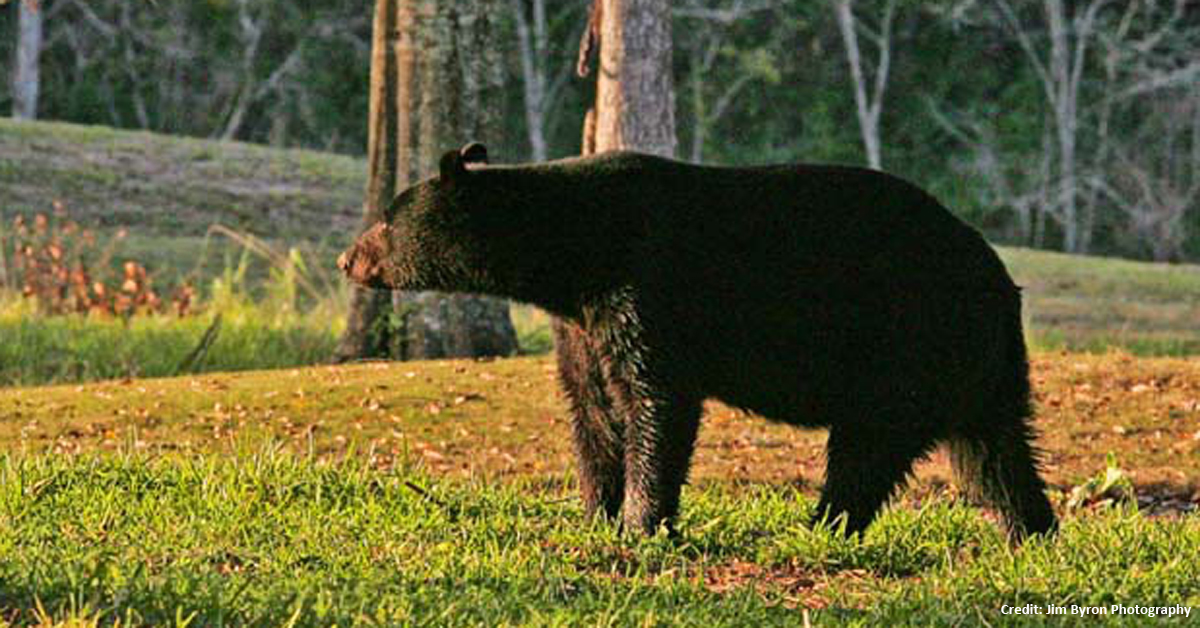
Take in a few stops along the Atchafalaya Water Heritage Trail – paddling, hiking, or even just sight-seeing – then stay awhile on the Cajun Coast!
Photos: Cajun Coast CVB

